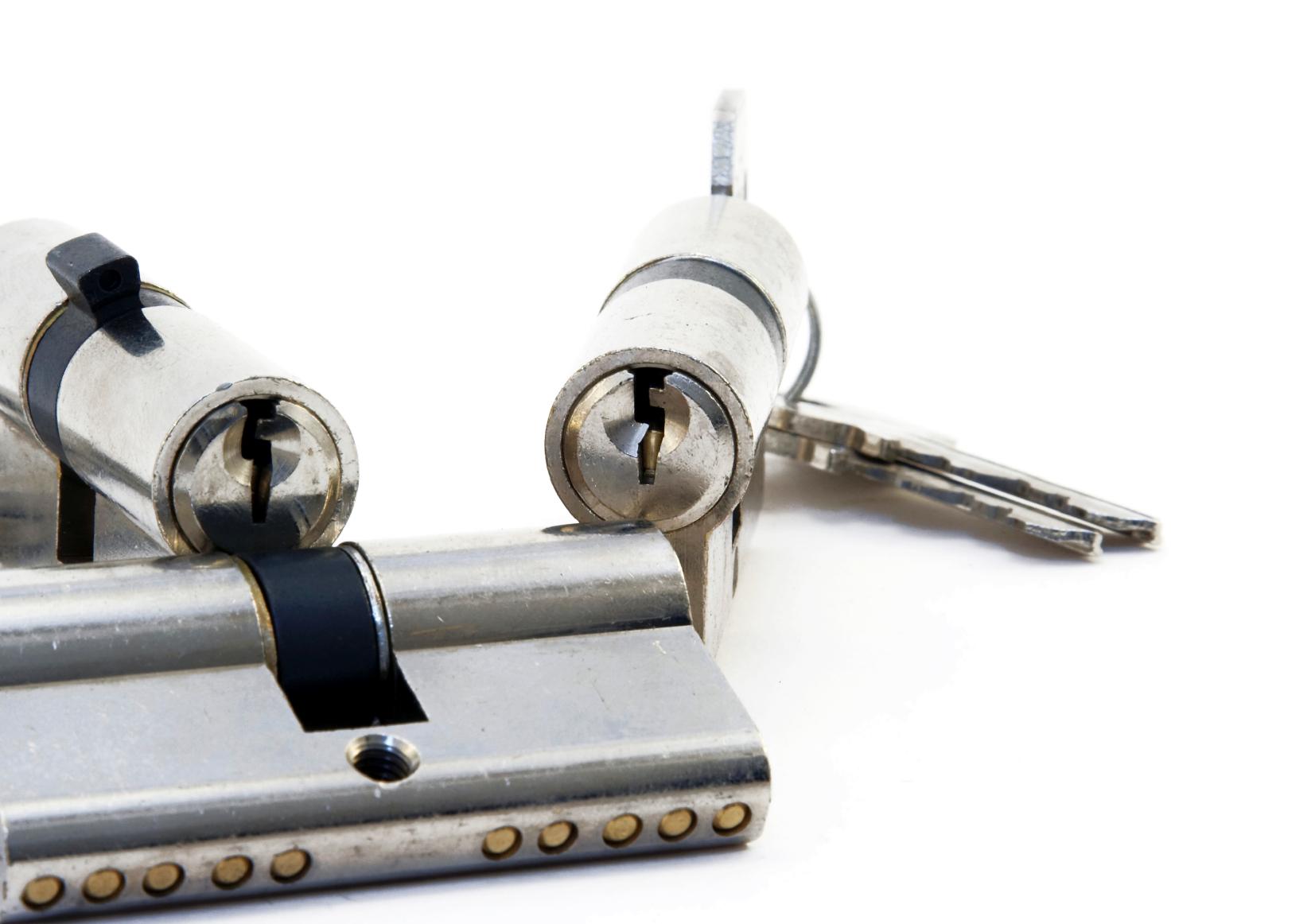Locksmith and Lock Terminology
When you need to change your locks, you may well have heard about locks that are anti-bump, anti-drill or anti-pick, but what do all of these things mean? Do your locks need to have these abilities?
This guide is intended to clarify what these terminologies mean so you can make an informed decision when purchasing new locks.
Locksmith Terminology
Anti-Drill
Drilling a lock is a destructive, unsubtle way to gain entry into a home. It is done by drilling in a particular place on the lock, then using a screwdriver to turn the lock like you would with a key. This will destroy the lock, but is relatively quick.
Anti-drill locks prevent the internal mechanisms from snapping and defend against drilling.
Anti-Bump
Bumping is a process of making the lock pins jump above the shear line to gain access. A special key is made with many ridges all of the same short length. When these are whacked into the cylinder and turned almost instantly after, the lock quite often opens. There is no damage, no sign of a break-in and can be done in seconds.
Anti-bump locks work by having more pins and specially made keys, having shallow pin stacks to prevent them ‘jumping’ up or locks that have programmable side bars and no top pins. Locks that use rotating disks also protect against bumping, keeping your door securely shut.
British Standard Locks
Look for British Standards when choosing your security (one or three-star):
BS 3621:2017+A1:2024 | 26 Sep 2024 | BSI Knowledge
As standard, all locks fitted by SHIELD Locksmiths are one-star British Standard, anti-pick, anti-bump and anti-drill technology
We also supply and fit three-star British Standard, anti-pick, anti-bump and anti-drill





















